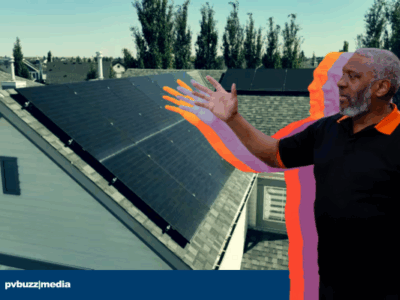Guangzhou Honda’s factory at Zengcheng will be partly powered by solar energy following the official establishment of the 17 megawatts distributed photovoltaic project jointly launched with Hanergy on Thursday, Jan. 29.
The 17MW distributed building-integrated PV project, which has already linked to China’s national power grid, is the biggest of its type in the country’s auto industry.
It covers a total floor space of around 230,000 square meters and is capable of generating 19 million kilowatt hours of electricity each year, or 50,000 to 60,000 kWh per day.
The electricity generated by the project will fulfill at least 20 percent of the power demands of the factory, according to Yu Jun, deputy general manager of Guangzhou Honda. He added that the “extra green power” generated on non-production days will be sold to the city’s local power grid.
“The 17MW distributed PV project we launched with Hanergy is Guangzhou Honda’s response to the country’s call for emissions reduction, which we regard as our responsibility to the environment as well as to society,” Yu said at the project’s launch on Thursday.
The project’s implementation will mean the factory will burn 890 tons less of standard coal for power generation each year, which is equivalent to planting 950,000 trees. Moreover, the rooftop panels have other, hidden benefits that include extending the life of the factory’s PVC-covered roofs and lowering the factory’s interior temperature by three degrees Celsius, according to Hanergy, which will be responsible for the operation of the PV project.
The joint project with Guangzhou Honda is another milestone in Hanergy’s efforts to seek alliances with major companies, following its partnership with IKEA, Tesla and Aston Martin Racing.
Wang Junjuan, vice president of Hanergy Holding Group who actually oversees the project, said that Hanergy’s persistence in developing clean energy has matched Guangzhou Honda’s pursuit of value in a green economy. She affirmed that the shared rights and responsibilities of running the PV project will be a model for other clean energy makers seeking diversified profit modes.
Wang declined to elaborate on the joint project’s profitability, insisting that the bank, not her, will have the final word on the matter.
“Although the central government has provided a subsidy of 0.42 yuan (6.86 U.S. cents) on each kilowatt hour of PV electricity generated, the banks have been excessively cautious in issuing loans. However, this project managed to secure a loan from ICBC, which is well known for its prudence,” said Wang, implying that the bank’s confidence predicts a profitable future for the PV project.
Many insiders continue to hold on to the stereotype that northwest China is better suited for PV development since its dry climate and low population density is more appropriate for PV projects’ massive installments. But Dr. Shen Hui, professor of solar energy systems at Sun Yat-sen University, said that south China is equally suitable for PV development because the frequent rain in the region increases the air’s transparency and cleans panels more frequently, both key factors in ensuring PV panels’ efficiency.














Comments